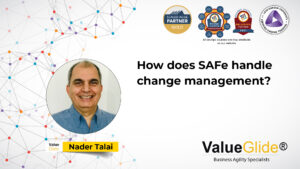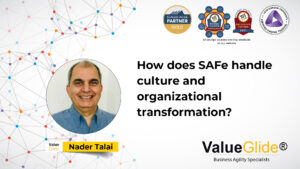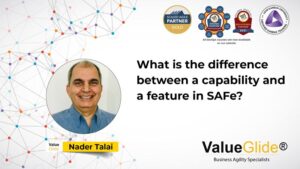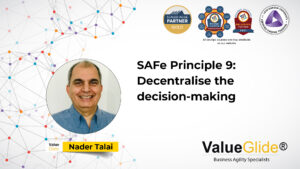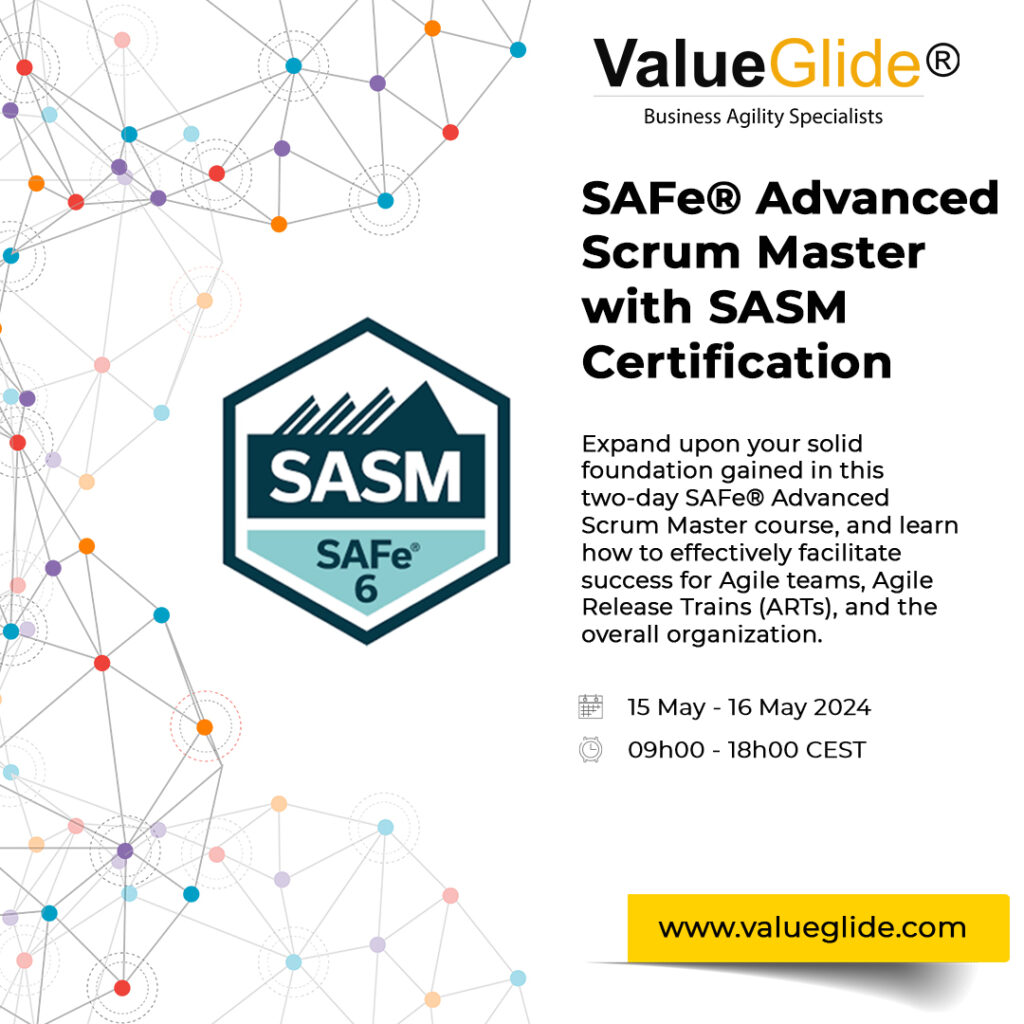George is a seasoned PMO who has managed £multi-million programmes for at least 15 years in various global organisations. He loves his job and takes great pride in his role. As a result, George has received awards and recognition from several employers over the years. PMOs are known to be the Process Police in the traditional project/programme management setting. This is something that plays to George’s strengths, making him great at what he does.
Is there such a thing as an Agile PMO?
From what he has heard of agile organisations, however, they don’t seem to have the need for a PMO function. Where does an Agile manifesto statement such as “we value working software over comprehensive documentation” leave the PMO whose raison d’etre is to ensure that all Business Requirement Documents, Functional Requirement Documents etc. are completed upfront? Also shock horror, how dare you “value responding to change over following a plan”? What does the future hold for someone like him when so many organisations including his own are becoming agile and moving away from waterfall project management? George has heard that there’s such a thing as an Agile PMO but is not quite sure what that is…
The travesty of being Agile in name only
Agile and Lean practitioners tend to resent the traditional centralised decision-making process led by the PMO function. This is understandable given how much at odds such a practice is with decentralised Lean-Agile practices. Although some organisations limp along with this contradiction and don’t resolve the inherent conflicts between the two, the result is that they effectively become ‘Agile in name only’.
It is therefore not surprising that some agile organisations do not have a PMO function at all. Whilst a lot of start-ups and the smaller agile organisations can get away with not having a PMO function, such an approach is not sustainable at scale. Large organisations with multiple value streams need a level of alignment and consistency across the portfolio. What then can managers and executives in such large enterprises do to solve this conundrum?
Implement the Scaled Agile Framework (SAFe) including Lean Portfolio Management
SAFe – a knowledge base of proven, integrated principles, practices, and competencies for Lean, Agile and DevOps – proffers a solution. Organisations that implement SAFe and extend it to portfolio level will benefit from Lean Portfolio Management (LPM) which is a Lean-Agile way of managing the portfolio. If you are a PMO who is wondering what your role is in an agile organisation with decentralised practices, LPM reveals the way forward.
Central to LPM is the Agile PMO that collaborates with other key stakeholders to ensure the program is executed efficiently. Essentially, where SAFe including LPM is implemented in an enterprise that has multiple value streams, they enjoy the best of both worlds. Not only do they benefit from effective cross value stream coordination, the decentralised Lean-Agile practices continue unhindered.
Transform to an Agile PMO
PMO personnel are known for the depth of their organisational knowledge, ability to get things done and their relationships with a wide expanse of stakeholders at all levels of the organisation. The LPM competency in SAFe shows adopters of the framework how to leverage these valuable qualities as the organisation moves to Lean-Agile ways of working. Implementing LPM ensures that the PMO function is brought on board. Rather than get rid of the PMO function, the traditional PMO is transformed to become an Agile PMO.
The role of the Agile PMO
By transforming the PMO function, you develop resources who will support agility rather than hinder it. Redesigning to an Agile PMO will provide the support necessary for the transformation outlined below.
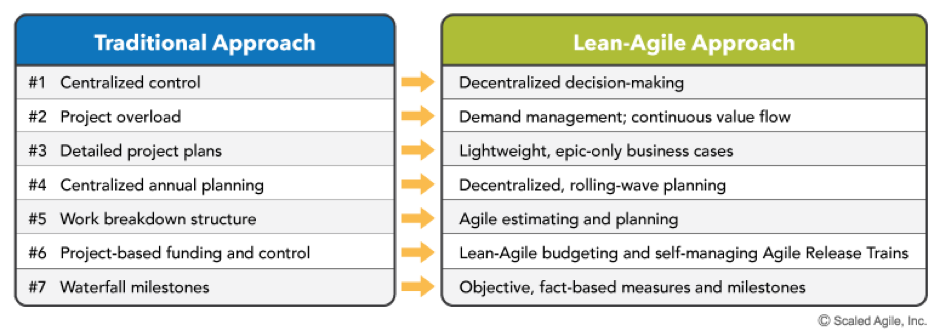
True transformation is no small feat
The scale of this type of change should not be underestimated. Culture is one of the hardest things to change and the PMO culture is not exempt from this difficulty. This will therefore require a paradigm shift. The PMO will have to expressly move away from practices such as:
- Insisting on fixed scope, fixed costs, and inflexible dates lead to chunky change control processes and choke the life out of projects
- Demanding detailed business cases based on lagging ROI projections that are speculative at best
- Phase-gate approvals that discourage incremental delivery without diminishing risk
Senior executives will also have to genuinely sponsor these changes not just rhetorically but by their actions. Lean financial management and budgeting will need to be implemented and the governance practices, metrics and measures will have to become leaner and more objective.
Next steps
If you are a PMO who wants to sustain a competitive advantage in a constantly disruptive digital age, you will find our Lean Portfolio Management training useful.
During the course, you will gain the practical tools and techniques necessary to implement the Lean Portfolio Management functions of Strategy and Investment Funding, Agile Portfolio Operations and Lean Governance.
Like George, if you want to take back control of your career, start now by booking your place on the next LPM course.



